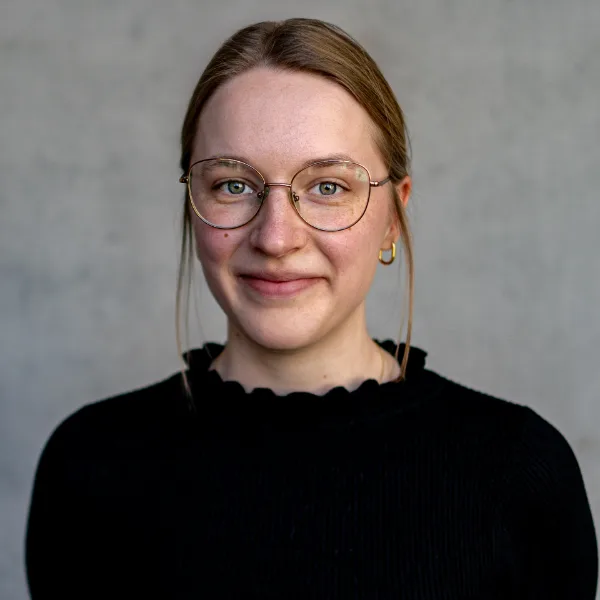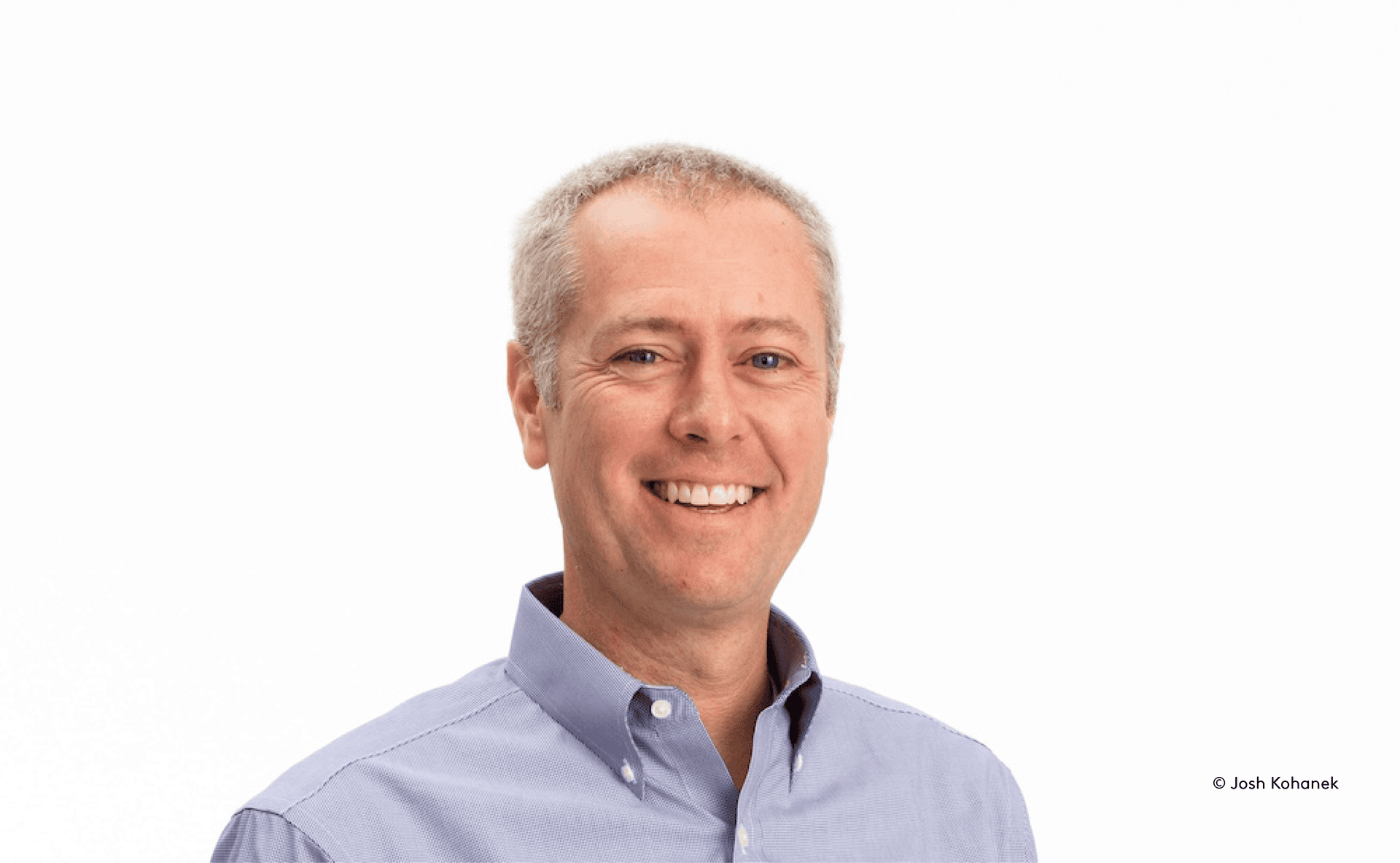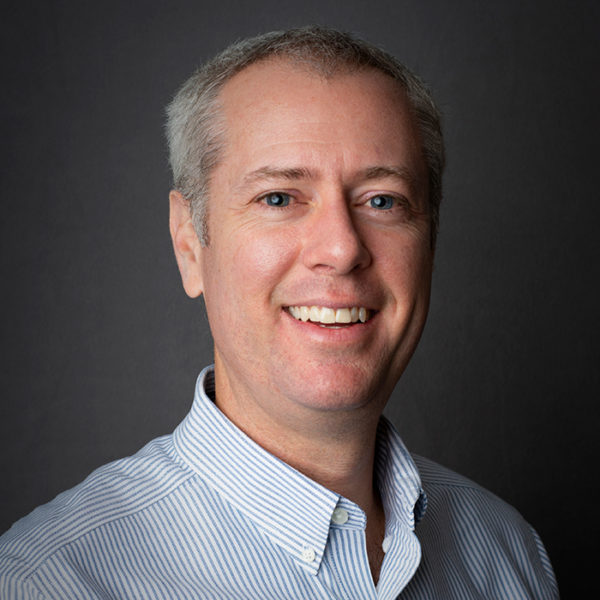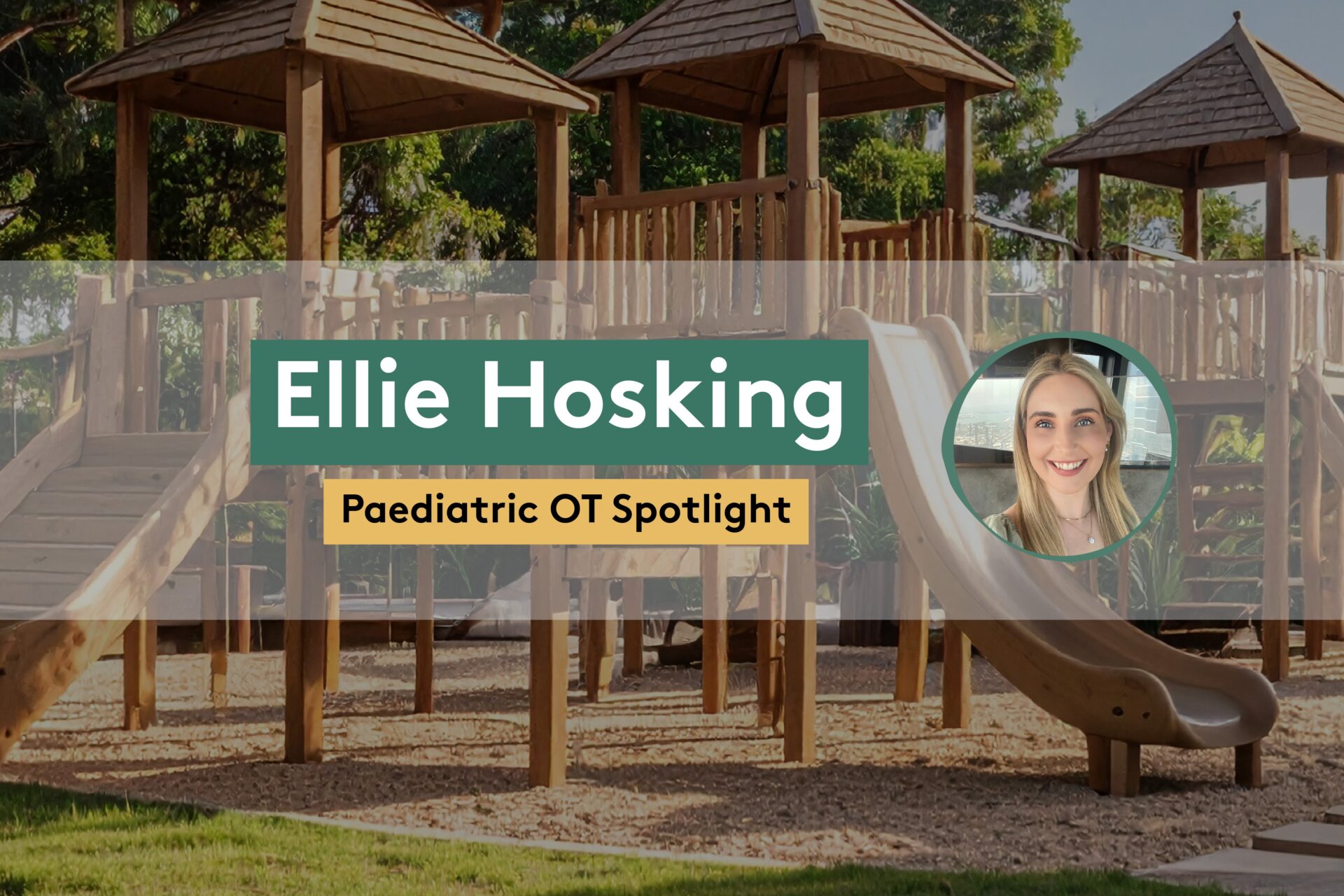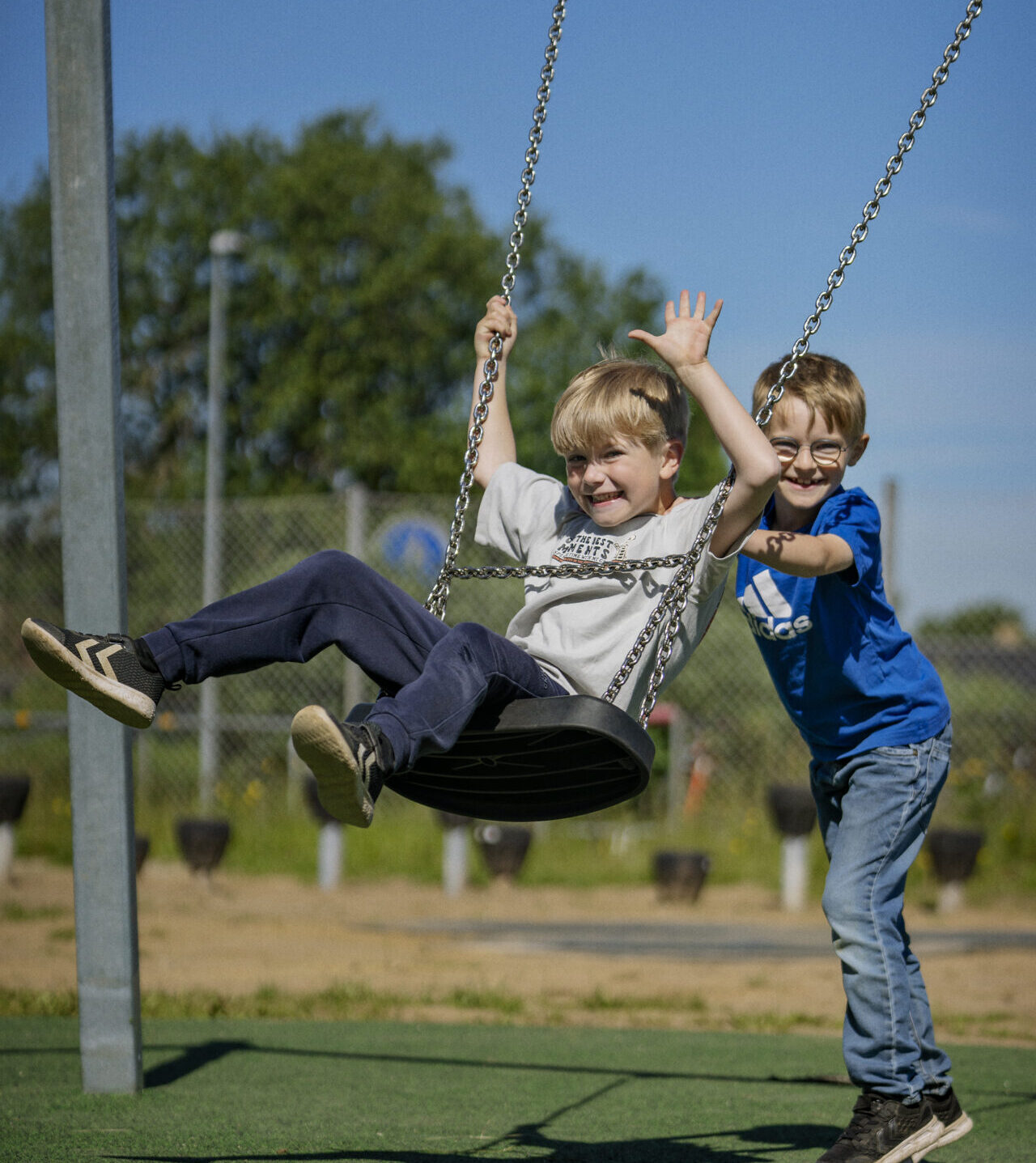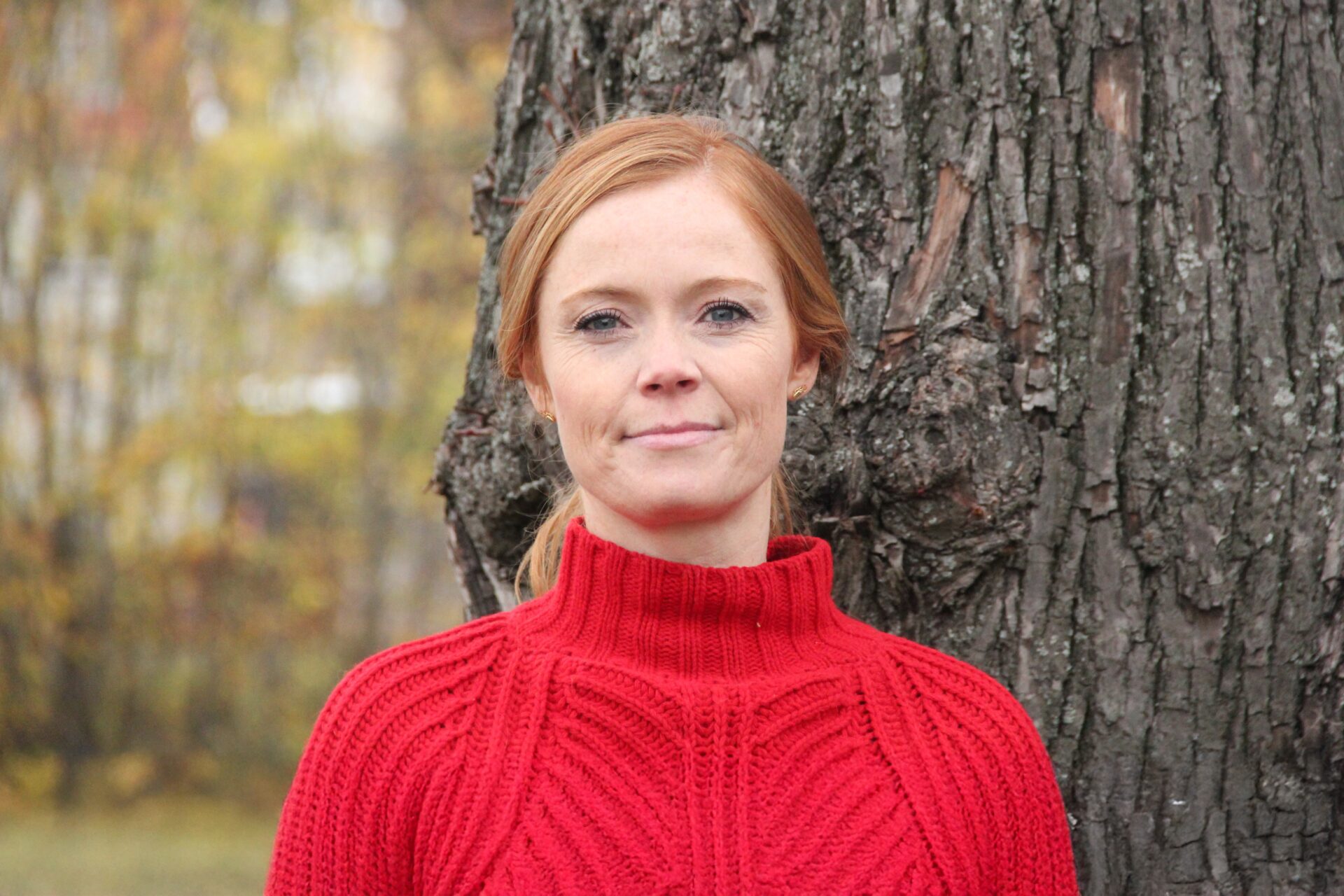Introduction
“Whether it was playgrounds as a child, or sports, hikes, camping, and working, I have always enjoyed being and playing outdoors. My first several jobs were all outdoor and activity focused – tennis, golf course, kayaking, state parks, and at a Zoo.”
Driven by his lifelong passion for outdoor activities, Aaron Hipp now works as a Professor of Community Health and Sustainability at North Carolina State University.
Over time, his work has consistently centred on parks and natural environments, with a primary focus on the behavioral aspects of physical activity. After transitioning from a faculty position in Public Health and Prevention Research to one in Parks and Recreation and Geospatial Analysis, Aaron now investigates access and use of different spaces to play and be active.
Current Work
Aaron is involved in a variety of projects:
- Playgrounds for Health, in collaboration with the World Playground Research Institute, explores the impact of playground development in North Carolina on physical activity, usage, and community well-being.
- Together with the US Soccer Foundation, Aaron and his team will evaluate the community and health benefits of installing 1000 mini-soccer fields across the US in preparation for the 2026 World Cup. This is part of the Safe Places to Play Initiative.
- Partnering with the US Centers for Disease Control and Prevention and their High Obesity Program, they focus on linking transportation networks to everyday destinations for safe physical activity, particularly in rural areas, emphasizing policies for roads, public transit, active travel, and development patterns.
- Another project with the National Recreation and Park Association aims to develop career pathways in parks and recreation for young people, inspiring them to view parks, recreation, sports, and camps as viable career options.
KABOOM!
Previously, Aaron collaborated with KABOOM!, an American non-profit organization focusing on ending play space inequity. Together, they created maps highlighting gaps in access, presence, and quality of play spaces for local politicians and parks and recreation professionals, identifying areas with both a significant need (especially for children with limited resources) and opportunities for enhancing existing play spaces or exploring new developments.
“Play is essential, and should be a right, for kids and youth—to be outside, laughing, with others, moving their bodies, learning, and exploring. There are too many youth across the US and the world that do not have access to play spaces or quality play spaces. I’m hopeful that my work helps end this gap.”
Future Plans
Looking ahead, Aaron has a variety of interests and questions in mind. Collaborating with one of his graduate students, Riley Nelson, he will focus on fostering inclusivity in playgrounds for children with diverse abilities. Simultaneously, another graduate student, Junga Han, is joining him in exploring the dynamics of play episodes on playgrounds—examining when they start, end, transition, and how design supports them.
Emphasizing the importance of diversity, equity, and inclusion in playground design, Aaron continuously raises thought-provoking questions:
“What are parents, grandparents, older siblings, and guardians doing while kids (under 12 years of age) play on playgrounds? How can we support others’ play, activity, and restfulness while at the park? How does nature—and the benefits of nature—intersect with playgrounds and outdoor play? And then, how are these relationships impacted by climate change? Where does diversity, equity, access, inclusion, and representation fit in with all of the above?”
Amid these explorations, Aaron also critically reflects on research practices:
“If we are collecting the data, is it being made available to others, especially the community? Do we have good datasets for where all play spaces are and on their quality? And do we have a way to keep this information up to date and usable by communities to advocate for improvements?”
In the future, Aaron will continue to delve into the dynamics of play and playground design, emphasizing the fundamental values of diversity, equity, and inclusion, ensuring that his work contributes meaningfully to both academia and community empowerment.
Want to learn more about Aaron’s research?
Discover our brief on two of his studies:
